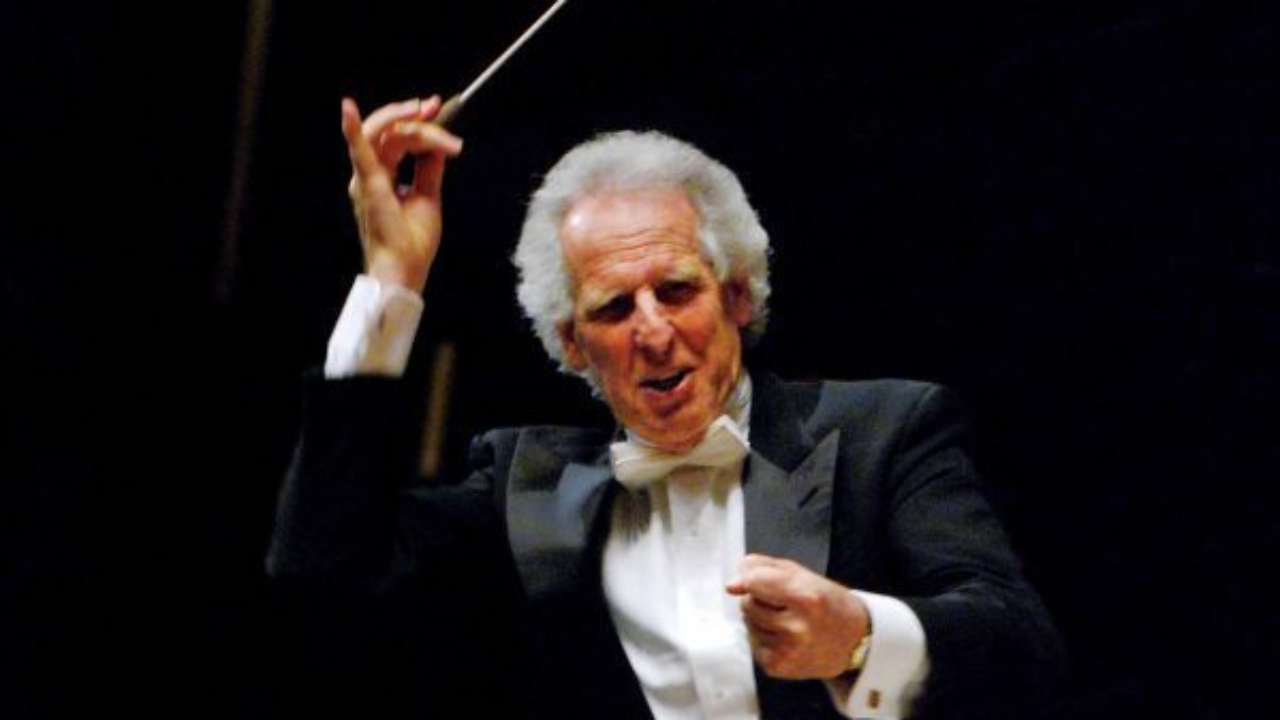Concert Review: Boston Philharmonic Youth Orchestra plays Mahler

So, what is one to make of the BPYO’s weekend effort? It was a bit bold, to be sure. But it was also stirring, heartfelt, and, above all, timely.
Disclaimer: I had planned on hearing this program in-person on Sunday but, due to circumstances outside my control, was unable to attend. The performance, however, was recorded and, at my request, the Boston Philharmonic Youth Orchestra kindly sent me an unedited tape of the concert (engineered by the same team that has recorded the Boston Symphony’s last two Grammy-winning albums). While it’s not my normal practice to write reviews of live concerts after this manner, there are a number of special circumstances that, to my mind at least, justifies doing so in this instance: namely, the significance of the program, the importance of the orchestra and its mission, and the relative lack of press coverage of the performance, itself. Below are my impressions.
It takes a certain amount of nerve – chutzpah might be the precise word for it – to ask a youth orchestra, regardless of how good they are, to tackle Mahler’s Symphony no. 6. It’s not Mahler’s longest piece (that would be the Third Symphony) or even his biggest (probably the Eighth). But it is his most intense and, if his wife, Alma, is to be believed, most personal. On top of that, it’s likely his most vulnerable, both in terms of its expressive message and how it lies for the orchestra. For all its colossal outbursts, long stretches are intimate and exposed; the Sixth requires a huge orchestra of virtuosos and, as a rule, those tend to not be made up of teenagers.
Yet Benjamin Zander’s Boston Philharmonic Youth Orchestra (BPYO) isn’t your average group of kids. They’re talented, yes, and hungry, game, it seems, for just about any musical challenge. If anyone’s going to take on Mahler Six, then, you’d figure it’s probably going to be them and so they did on Sunday afternoon at Symphony Hall.
Predictably, theirs wasn’t a note-perfect run-through of the piece. (Neither, for that matter, was any live performance I’ve ever heard of it, be that by the Boston Symphony or the Vienna Philharmonic.) There were some cracked pitches, tentative transitions, and, at a few points, important inner voices got lost in the maelstrom. But the big moments came over strongly, as did many of the smaller ones. Moreover, from an expressive standpoint, the BPYO’s performance rang true.
Much of the credit for that is surely due Zander, who has led this score far and wide over the years. He has a measure of the music and, on Sunday, his was a largely satisfying, convincing approach.
The first movement, though a bit deliberate at times, was suitably weighty, its martial strides treading with inexorable power. In contrast, the second might have held back a bit here and there to breathe, but its fast parts were menacing enough and the delicate Kindermusik nimble. The third, on the other hand, was perfectly measured: never dragging or giving in to sentiment, it was pure, cool beauty – a chimera, perhaps, but one of which you never wanted to lose sight.
Zander took the gargantuan finale at a fairly brisk pace (it clocked in at just under thirty minutes), but there was never a sense of undo haste. Here, the music’s tragic denouement was clearly the end-goal, but what came before was fully lived out, especially the several iterations of its soaring second theme and its many evocations of the natural world.
Throughout the concert, the BPYO’s playing was urgent and passionate. There was some superb wind- and brass-playing (particularly solo trumpet, horn, and bass clarinet) in the opening movement, both in the vigorous sections and in the central idyll which, here, was pure magic: all tinkling, off-stage cowbells; mysterious, stratospheric string/celesta chords; and soaring lyricism conjuring up a vision of Alpine repose.
Similar moments dominated the Symphony’s gorgeous third movement. Much of this music ought to simply float in the ether, so spare and delicate is Mahler’s writing. On Sunday, those spots did, while the stirring, lyrical passages sang with tender warmth. The final, transformative modulation into E-flat major was one of the finest accounts of that passage I’ve ever heard.
If the second movement’s tempos were, overall, somewhat unrelenting, at least the orchestra’s low brass section proved itself plenty agile and there was some excellent, subtle percussion playing on hand, to boot.
The BPYO showed some fatigue in the finale, but that movement also featured some of the group’s best playing of the afternoon. Its swirling, murky refrains were thick like the old London fogs. The weighty chorale at the end of the introduction was magnificently dark and rich. The development’s propulsive first theme was mighty and taut. The central recollection of the first movement’s Alpine fantasy was riven with tension. And the final reprise – just before the last, devastating collapse – of the second theme was downright sumptuous.
Best of all, Zander and the BPYO reinstated the movement’s third hammer blow. Mahler may have been superstitious about it and some may find it superfluous, but it makes perfect dramatic sense and delivers a welcome wallop just before the lights go out. It was a small, but crowning, moment in this performance.
After a long, rousing ovation, Zander offered a few thoughts on the idea of “farewell” – several of the orchestra’s members will be leaving the group after this summer’s tour to South America – and led the ensemble in a moving rendition of “Nimrod” from Elgar’s Enigma Variations. It was a solemn, fitting end to a monumental afternoon.
So, what is one to make of the BPYO’s weekend effort? It was a bit bold, to be sure. But it was also stirring, heartfelt, and, above all, timely: Mahler’s grim, nihilistic vision speaks as much to the present day as it has to any age. These musicians, young as they might be, understand that and they dug into the Sixth’s turbulent pages accordingly.
Above all, this undertaking was a reminder that no organization or individual will grow by shrinking from challenges. Maybe that was the event’s big takeaway. On Sunday, the BPYO fought a mighty artistic battle and came out the better for it. This is an orchestra that gives three concerts a year, yet plays with a sense of trust and musicality that rivals the same found in fully professional outfits. That fact speaks to both the immense talent of the individual players and the excellence of the ensemble’s leadership.
It’s another reminder that the BPYO is one of the region’s orchestral treasures. If you weren’t part of Sunday’s throng of almost 2000, not to worry: there’s always next season. What’s more, the BPYO’s first commercial recording, drawn from this concert, is slated to be released later this year. When it comes, check it out – it’ll be worth it.
Click here to watch the performance of Elgar’s ‘Nimrod’.
Click here to listen to the Boston Philharmonic Youth Orchestra’s commercial recording of Mahler’s Symphony no. 6.
 Jonathan Blumhofer - The Arts Fuse
Jonathan Blumhofer - The Arts Fuse